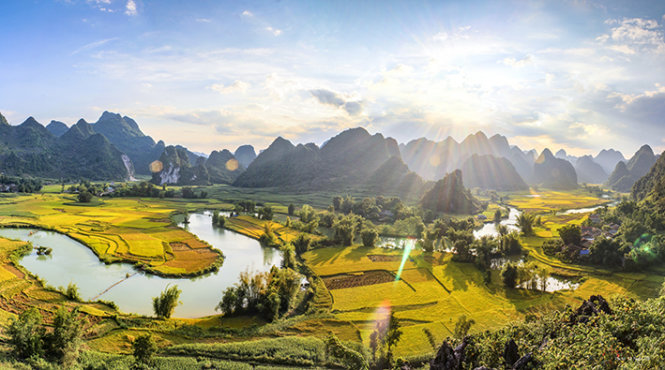The Quay Son River snakes its way through northern Vietnam from its border with China in Po Peo Commune, Trung hanh District, Cao Bang Province.
After winding 40 kilometers from Guangxi, China to the Ban Gioc Waterfalls in Cao Bang, Vietnam, its sapphire blue waters flow another 49 kilometers south through several tranquil communes and villages.
Dinh Phong, Chi Vien, Ngoc Con, Ngoc Khe, and Phong Nam Villages are just a few of the areas where local farmers thrive off the fertile land surrounding the river.
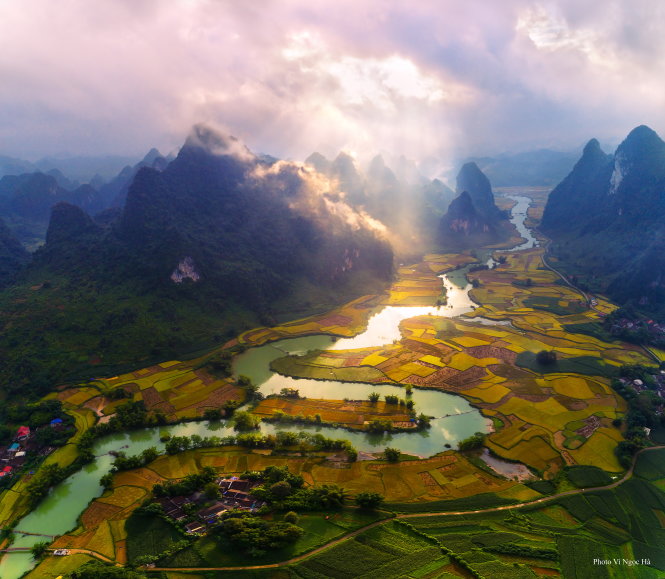 |
| The breathtaking beauty of fog ascending the mountaintops surrounding Phong Nam Village on an autumn afternoon is unforgettable. Photo: Tuoi Tre |
Most visitors to this northeastern gem make sure to stop at Ban Gioc, the collective name of the two waterfalls separating Vietnam and China which form one of the most picturesque natural borders in the world.
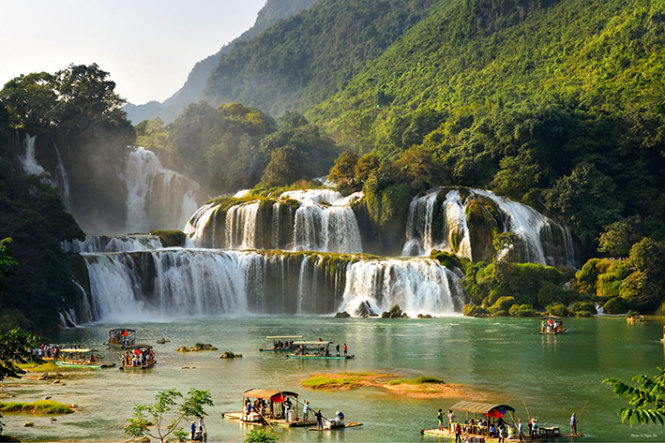 |
| The Ban Gioc Waterfalls is a must-see for visitors hoping to take in the beauty of northern Vietnam’s rural provinces. Photo: Tuoi Tre |
Little has been done to take away from the rural charm of the area.
Mainstays of country life, such as waterwheels and other farm equipment, lie vacant as the region awaits its next crop cycle.

Mules loaded with rice, fertilizers, and straw between local houses and paddy fields are a common sight along the rocky riverbank.
A mule’s balance makes it the most reliable means of transport for local farmers who need to transport heavy goods and farm equipment over rocks and through deep damp paddy fields.
Mules are even able to plough the deep paddy fields.
An adult mule costs VND25-30 million (US$1,100-1,320), yet it can bring its owner VND800,000-1,000,000 ($35-44) in just one day’s work from shipping goods.
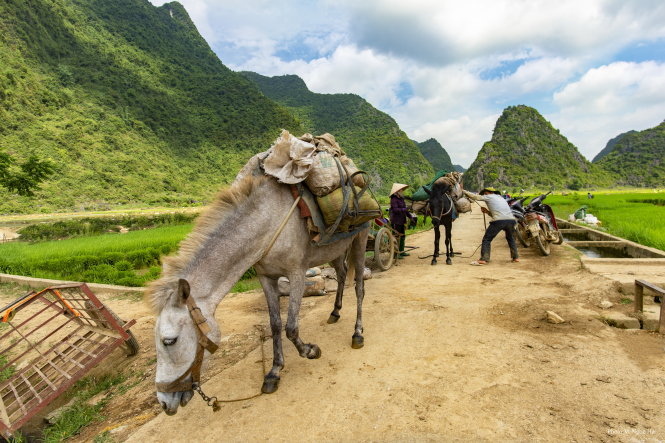 |
| Mules work the field. Photo: Tuoi Tre |
The local delicacy in the Quay Son River region is 'nep ong,' a specialty rice dish made from what is far more glutinous than other kinds of sticky rice.
Farmers pack nep ong in big bunches and carry them home during the annual harvest season in October.

The farmers stick to what they know best, traditional tools which help them cut and gather the rice in the same way as what their families have been doing for generations.
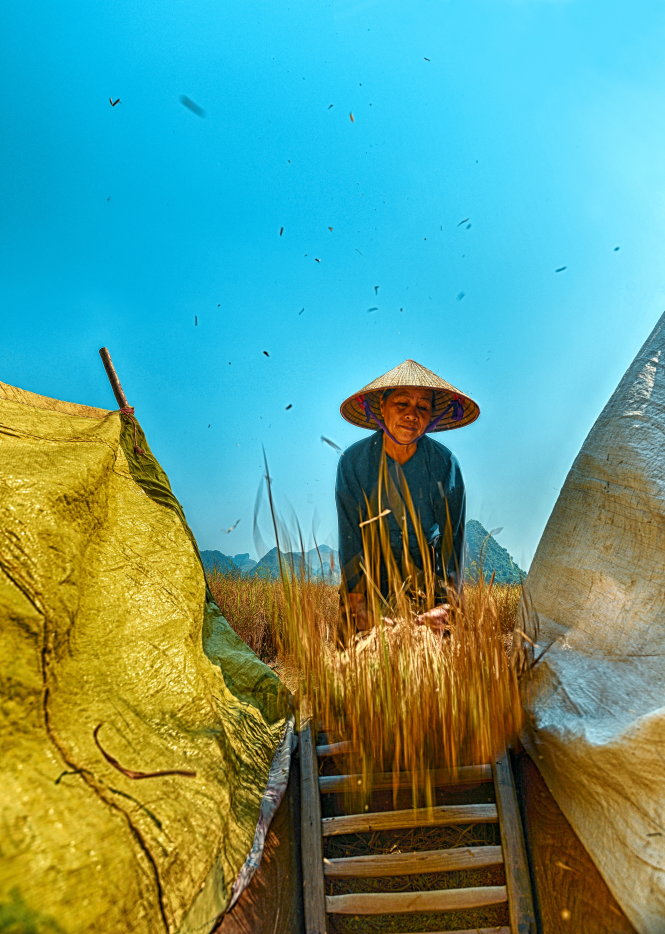 |








Like us on Facebook or follow us on Twitter to get the latest news about Vietnam!



